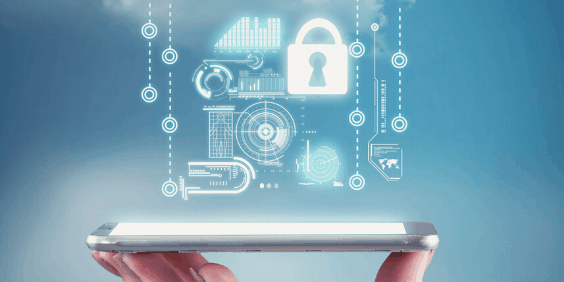From NIST 1.1 to 2.0: Understanding the evolutions in cybersecurity strategy

In the digital realm, where cyber threats are relentless, having a robust defensive strategy is paramount. The NIST Cybersecurity Framework, pioneered by the National Institute of Standards and Technology (NIST), offers organizations a methodical approach to manage and mitigate these risks, ensuring a stable and secure cyber environment.
Diving into the Framework’s Core
The heart of the Framework is its “Core,” comprising six pivotal functions, each designed to guide organizations through the intricate landscape of cybersecurity:
- Govern: Setting the foundation, this function helps organizations craft and supervise their cybersecurity strategies, expectations and overarching policies.
- Identify: This step is all about awareness, pinpointing the cybersecurity risks that the organizations
- Protect: With knowledge in hand, the focus shifts to deploying measures that act as shields against potential cyber risks.
- Detect: Ensuring that any cyber incursions or threats don’t remain undetected.
- Respond: If and when a cybersecurity incident happens, this function delineates the path of action.
- Recover: Post incident, efforts are directed at recuperating assets and operations affected by the breach.
While the Framework is voluntary, many businesses have adopted it to enhance their cybersecurity posture and resilience.
Unveiling NIST Framework 2.0
On August 8, 2023, NIST introduced a consultation phase for the NIST Framework 2.0, with its official release slated for early 2024.
So, how does 2.0 differ from its predecessor?
- Simplified title: The new Framework adopts the straightforward moniker, “Cybersecurity Framework,” moving away from its previous, more elaborate title.
- Global embrace: Unlike its predecessor, which had a U.S.-centric approach, the 2.0 version casts a wider net, aiming to serve organizations globally.
- Enhanced reference integration: The revamped Framework merges various other essential references, such as the NIST Privacy Framework, Secure Software Development Framework and more, into its fold. This makes the Framework a more encompassing guide for various cybersecurity scenarios.
- Ready-to-use templates: Notional templates have been introduced. Organizations can either use them as-is or tweak them to create their own unique action plan.
- Supply chain focus: A new category under “Govern” zeroes in on managing cybersecurity risks in the supply chain.
- Privacy at the forefront: Guidance on merging the Framework with NST’s Privacy Framework has been added.
- Embracing improvement: Recognizing that cybersecurity is an ever-evolving domain, a new “Improvement” category has been implemented with a focus on refinement and enhancement.
- Digital tool on the horizon: NIST has announced plans for an online tool for the Framework 2.0. This digital tool will help organizations visualize how the Core relates to other NIST guidelines.
The shift from NIST 1.1 to 2.0 marks a pivotal advancement in maintaining the Framework’s relevance and efficacy. As the digital landscape evolves, NIST remains committed to providing organizations with the foremost tools to safeguard their digital assets.
Mitigating risks in your organization
The NIST Framework offers a robust structure for cybersecurity, but when combined with the skill and experience of a cybersecurity lawyer, its potential is amplified.
Steps to enhance cybersecurity:
- Governance: Set firm and clear cybersecurity objectives and policies.
- Risk identification: Conduct regular checks on your digital assets to spot vulnerabilities.
- Protection: Roll out security measures tailored to your organization’s specific needs.
- Early detection: Maintain continuous vigilance for unusual activities or potential threats.
- Response and recovery: Designate a protocol to handle breaches and ensure swift action.
Integrating the guidance of the NIST framework with our legal experience, we provide organizations with a comprehensive, legally sound approach to cybersecurity.
If you’re interested in learning more about mitigating risk within your organization, the lawyers in our Privacy, Data Protection & Cybersecurity group have wide-ranging experience helping a variety of organizations in this area. We can help you implement these recommendations and establish effective cybersecurity policies for your organization. Contact us to learn more.
Note: This article is of a general nature only and is not exhaustive of all possible legal rights or remedies. In addition, laws may change over time and should be interpreted only in the context of particular circumstances such that these materials are not intended to be relied upon or taken as legal advice or opinion. Readers should consult a legal professional for specific advice in any particular situation.
Authors: Kristél Kriel, Nathan Schissel, Cael Hibbert




